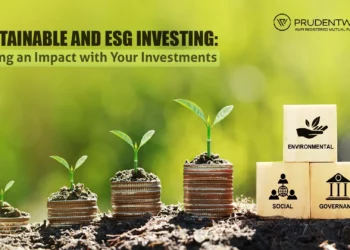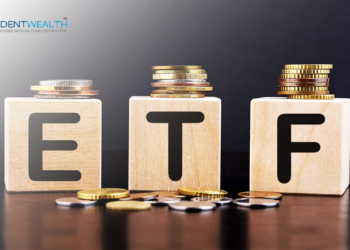The economic outlook for the month:
Instagram took over two and a half years to reach 100 million users, but Tik-Tok took just nine months, and ChatGPT, which was released in November last year, took just two months. Now that ChatGPT is integrated with Microsoft Bing and Edge, it is challenging Google’s supremacy in the search engine space.
In this ever-changing economic world, where technology is constantly disrupting business practices, nobody can predict what will happen next. The leader of today will be a mere follower of tomorrow, and as humans co-exist with technology, another question pops up about the future of jobs and the economic situation. Although current layoffs can be attributed to the economic slowdown, for sure, as technology evolves, we will encounter further job losses.
The Russia-Ukraine war shows no signs of ending, and the rest of Europe has its own issues to deal with, but they have managed well so far, with Europe’s GDP growth exceeding that of the United States and China in 2022. Energy prices, which were one of the major concerns, are now down substantially, and a few European governments have provided subsidies to offset the high energy prices. But we cannot rule out the possibility of a recession, which can be a consequence of tightening monetary policy.
In the US, the real interest rate is at -1.19%, compared to 2.21% last year. Earlier this month, the FED hiked the interest rate by 25 basis points, which takes it to a target range of 4.5%–4.75%, the highest since October 2007. The Fed is targeting the hikes to bring down inflation that, despite recent signs of slowing, is still running near its highest level since the early 1980s.
In India, the sentiment for manufacturing and services is strong, as suggested by PMI data, as both indices are above their midway levels. Consumer sentiments as measured by CMIE also suggest improvement in both urban and rural areas. Inflation is likely to remain within the RBI’s upper tolerance band.
Budget 2023 emphasized capital expenditure; CAPEX was Rs. 7.5 trillion in FY23, which was increased by 33% to Rs. 10 lakh crore for FY24. The new outlay amounted to 3.3% of the GDP. Credit growth is also on the mend; retail and personal loan growth have returned to pre-covid levels. The bank’s asset quality has improved on account of the declining NPA. GNPA, which stood at 11.6% for FY18 and now is projected at 5% for FY23, The fiscal deficit is expected to contract by 50 bps to 5.9% of GDP, with an aim to bring it below 4.5% of GDP by FY26, a level similar to that of FY20.
The trade deficit increased to USD 23.76 billion in December 2022, up from USD 21.68 billion in the same month last year and compared to the revised number of USD 23.89 billion in November. India’s exports fell 12.2% year-on-year to USD 34.48 billion in December 2022, owing to decreasing global demand caused by rising interest rates and persistently high inflation. The domestic demand was impacted by increasing cost pressure and rising borrowing prices, which resulted in a 3.5% drop in imports to USD 58.24 billion in December 2022 compared to the same month the prior year. Wherever possible, we must significantly cut back on imports to reduce the trade deficit.
The market appears to be fairly valued, and there are a lot of opportunities in the small-cap space. Going forward, value style will be the driver and growth will take a back seat. Investors can consider banking for near-term investment; also, investment in information technology can be done in a staggered manner. Debt Market looks equally attractive, it’s time to realign the investment portfolio to take benefit of both asset classes.
Team, MyGoalMySip
For more information, reach us at support@prudentwealth.in
Download our app from Play Store or App Store now!
Get your copy of PW INSIDER now!
Read Next: Biggest Money Mistakes in Indian Weddings











